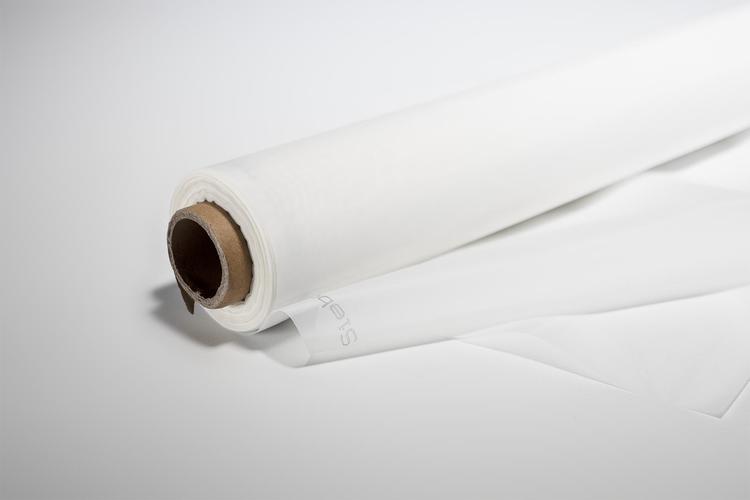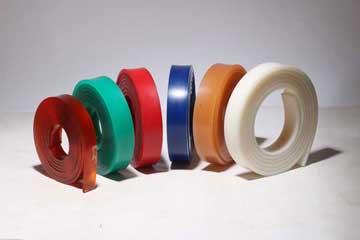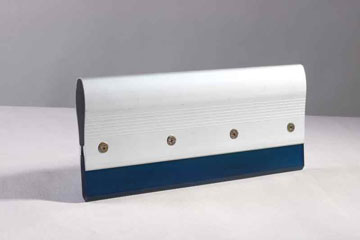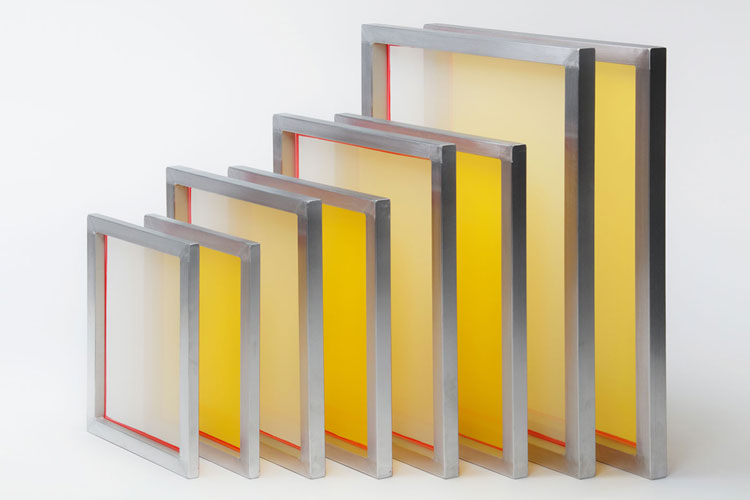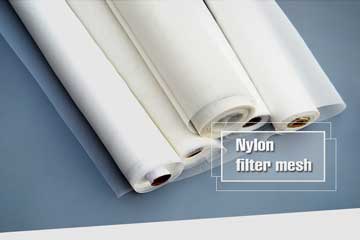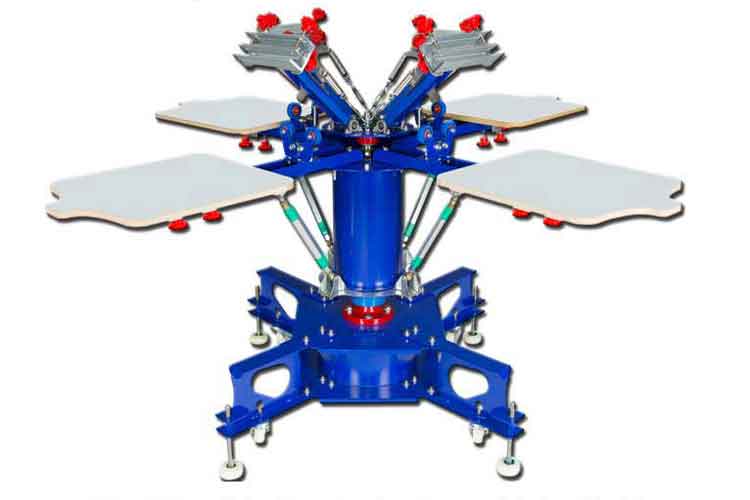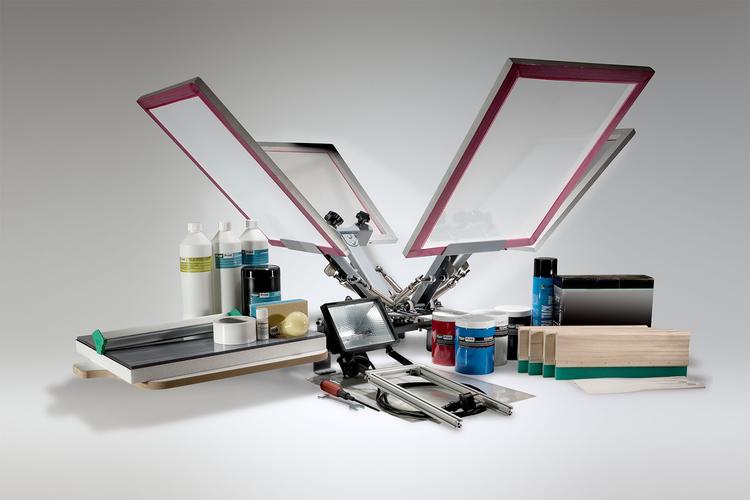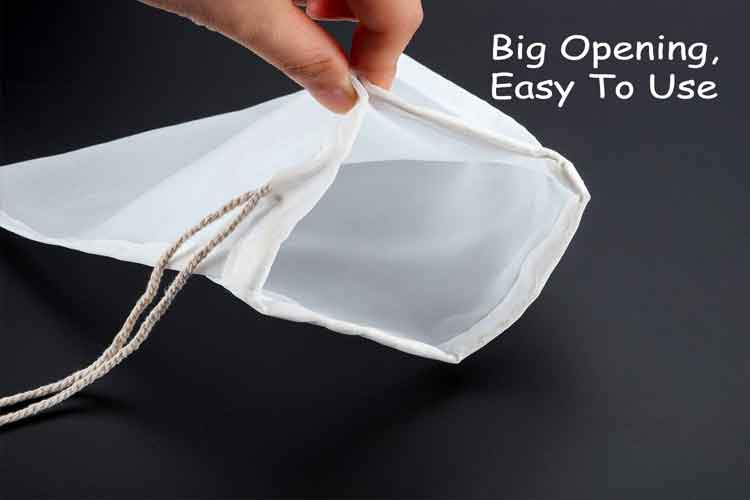Unlock Superior Prints with the Right Squeegee Rubber for Screen Printing
Your choice of squeegee rubber screen printing blade is a pivotal decision affecting every print’s clarity, vibrancy, and consistency. By understanding material composition, durometer ratings, edge profiles, blade dimensions, and maintenance practices, yo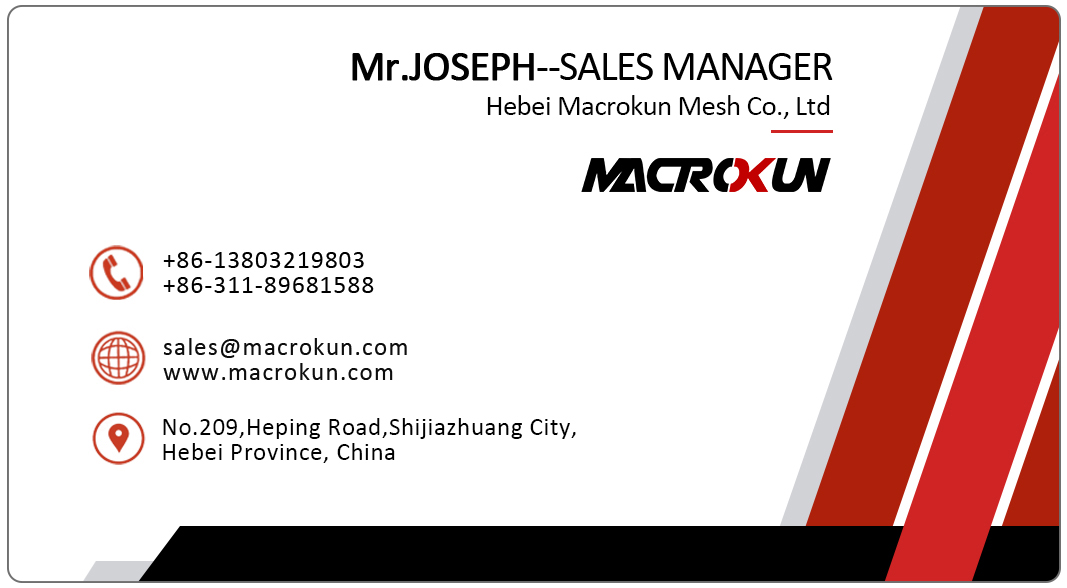
A dependable squeegee rubber screen printing blade is the unsung hero behind every successful print. It determines how ink flows through your mesh, how sharp your edges appear, and how consistently each print matches the last. Whether you run a boutique apparel shop, produce fine‑art posters, operate a high‑volume commercial press, or teach a classroom of screen‑printing novices, selecting the optimal squeegee rubber—and matching it to your inks, meshes, and substrates—elevates your entire process.
This comprehensive guide follows a proven structure—market overview, product fundamentals, key features, selection advice, maintenance tips, reasons to choose our offerings, illustrative use cases, and actionable next steps—to help you master squeegee rubber screen printing and achieve crisp, vibrant results every time.
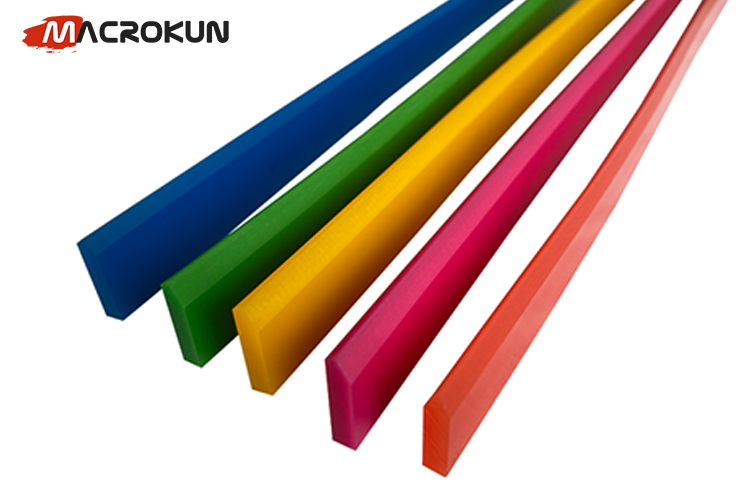
Market Overview: Common Themes Around Squeegee Rubber
A survey of industry literature, vendor catalogs, and user forums on “squeegee rubber screen printing” highlights several recurring topics:
-
Material & Longevity
Polyurethane and natural rubber compounds dominate discussions, prized for abrasion resistance, solvent compatibility, and stable flex characteristics under repeated use. -
Durometer Options
Guides consistently reference Shore A hardness ratings—typically ranging from 50 to 90—to fine‑tune ink deposit and edge precision. -
Edge Profiles
Square, beveled, and rounded blade profiles are examined extensively; each profile interacts differently with mesh and substrate to control ink flow. -
Blade Dimensions
Articles stress matching blade width and thickness to screen frames and design area, minimizing passes and ensuring uniform pressure. -
Compatibility with Inks & Mesh Counts
Advice centers on pairing blade hardness with ink viscosity (plastisol vs. water‑based vs. specialty) and mesh counts (coarse for heavy lays vs. fine for detail). -
Maintenance & Replacement
Tutorials cover cleaning methods, blade rotation, regrinding edge services, and proper storage to preserve performance and avoid print defects.
These themes underscore that material formulation, hardness, profile, and upkeep are the foundation of effective squeegee rubber screen printing.
Understanding Squeegee Rubber in Screen Printing
In screen printing, the squeegee rubber is the blade material—typically polyurethane or rubber—inserted into a handle or frame. As you draw or push the squeegee across the screen, the rubber blade flexes and presses ink through the mesh onto the substrate below. Though seemingly simple, the blade’s compound, durometer, profile, and dimension determine critical printing outcomes:
-
Ink Deposit: How much ink passes through the mesh.
-
Edge Definition: Crispness of outlines and fine details.
-
Consistency: Uniform pressure across multiple passes and prints.
-
Operator Comfort: Ease of maintaining steady strokes over long jobs.
Choosing the right blade material and specifications is the first step toward mastering your prints.
Key Features of High‑Performance Squeegee Rubber
When evaluating squeegee rubber for screen printing, focus on these essential characteristics:
1. Material Composition
-
Polyurethane: Renowned for exceptional abrasion resistance, chemical stability, and shape retention. Ideal for high‑volume commercial use.
-
Natural or Synthetic Rubber: Offers tack and grip, preferred in some specialty or water‑based ink applications; generally less chemically resistant than premium polyurethane.
2. Durometer Hardness (Shore A)
-
Soft (50–60 Shore A): Flexes to push heavy inks (e.g., high‑opacity plastisol) through coarse meshes, delivering bold coverage on textiles.
-
Medium (65–75 Shore A): The most versatile range, suited to both textile and graphic applications. Strikes a balance between ink flow and edge crispness.
-
Hard (80–90 Shore A): Minimizes flex for fine lines, small text, and thin inks on rigid substrates, ensuring precise detail.
3. Edge Profile
-
Square Edge: Even ink coverage across broad areas; useful for solid fills and large graphics.
-
Beveled Edge: Sharp ink release at the trailing edge; ideal for moderate to fine detail and reducing mesh drag.
-
Rounded Edge: Gentle ink roll‑off on textured or uneven surfaces; prevents snags and offers smoother strokes.
4. Blade Dimensions
-
Width: Choose a width that covers your design area in one or minimal passes to maintain consistent pressure.
-
Thickness: Uniform thickness across the blade ensures even contact with the mesh.
-
Length Tolerance: Precise length matching prevents blade overhang and uneven print edges.
5. Chemical & Wear Resistance
Top‑grade blades resist swelling, cracking, or warp when exposed to inks, cleaners, and environmental factors—extending blade life and print quality.
6. Compatibility with Handles & Frames
The blade must integrate securely into your chosen handle—whether a simple clamp bar, channel frame, or press‑mount system—maintaining consistent angle and pressure.
7. Maintenance & Serviceability
Blades that can be rotated or re‑edged prolong service life. Ease of removal and replacement minimizes downtime between print runs.
By ensuring your squeegee rubber exhibits these features, you optimize ink transfer, edge sharpness, and print consistency.
Choosing the Right Squeegee Rubber for Your Needs
Selecting the ideal squeegee rubber screen printing blade involves matching specifications to your specific printing context:
A. Ink Type & Viscosity
-
Heavy Plastisol & Specialty Inks: Soft to medium blades flex more, pushing thick ink through mesh.
-
Water‑Based & Thin Inks: Medium to hard blades prevent over‑deposit, preserving fine detail and preventing bleeding.
B. Mesh Count & Detail Level
-
Coarse Mesh (60–110): Lower mesh counts allow heavy ink flow; use softer blades and square edges for solid coverage.
-
Mid Mesh (110–160): Common for garments and posters; medium blades with beveled edges suit these applications well.
-
Fine Mesh (160+): Smaller openings require firmer blades and precise edge profiles to maintain sharp lines.
C. Substrate Characteristics
-
Textiles: Soft to medium blades adapt to fabric texture, ensuring ink penetrates without puddling.
-
Paper & Plastics: Harder blades deliver crisp edges and uniform coverage on smooth, rigid surfaces.
D. Print Size & Pass Count
-
Large Designs: Wider blades minimize passes; medium hardness ensures flexibility.
-
Small Logos & Labels: Narrower blades and harder durometers allow precise control in tight areas.
E. Method & Volume
-
Hand‑Pulled: Ergonomic handles and medium‑hard blades aid control for small to moderate runs.
-
Semi/Automatic Presses: Bleeds, multi‑layer blades or high‑durometer rubber withstand high‑speed runs with minimal flex.
F. Budget & Lifespan
-
Starter Packages: Entry‑level blades cost less but may require frequent replacement.
-
Professional Sets: Premium blades maintain consistency over long runs, reducing downtime and waste.
By assessing these variables—inks, meshes, substrates, print sizes, pressure method, and budget—you can identify the squeegee rubber that best suits your workflow.
Maintenance and Care
Proper maintenance maximizes blade life and ensures dependable print quality:
1. Immediate Cleaning
Wipe or rinse the blade promptly after printing. Dried ink hardens and can nick edges.
2. Inspect and Rotate
Check for cuts, nicks, or uneven wear. Flip or rotate the blade if the design allows to distribute wear evenly.
3. Store Carefully
Store blades flat or hanging to prevent warping. Avoid direct sunlight and extreme temperatures.
4. Re‑edge or Replace
Blades designed for re‑edging can be lightly ground to restore a clean edge. Replace fully worn or damaged blades to avoid inconsistent prints.
5. Compatible Handles
Ensure clamp bars, frames, or press rails remain tight and aligned. A loose handle can alter blade angle and pressure.
Consistent care maintains blade integrity, preserving crisp edges and uniform ink deposits.
Why Choose Our Squeegee Rubber Offerings
Our squeegee rubber screen printing blades stand out through:
Premium Material Formulation
We use top‑grade polyurethane compounds selected for optimal abrasion and chemical resistance, ensuring stable durometer under heavy use.
Extensive Durometer & Profile Range
From soft to hard, square to beveled to round, our blades cover every combination of ink, mesh, and substrate.
Tight Dimensional Tolerance
Precise width, length, and thickness tolerances guarantee even pressure and blade consistency.
Easy Integration
Designed to fit common clamp bars, channel frames, and press‑mount systems—installation is quick and secure.
Maintenance Support
Blades engineered for rotation and re‑edging extend service life; replacement parts are readily available to minimize downtime.
Quality Assurance
Every blade batch undergoes hardness testing, dimensional inspection, and material integrity checks to meet exacting standards.
With our premium squeegee rubber, you enjoy sharper prints, fewer defects, and smoother production—empowering your creativity and boosting your bottom line.
Illustrative Use Cases
Use Case 1: Boutique T‑Shirt Studio
A small apparel brand printing limited runs found uneven coverage with their generic blades. Switching to our 70 Shore A square‑edge blades improved ink laydown uniformity, cutting misprints by 30%.
Use Case 2: Fine‑Art Poster Production
An independent artist required crisp lines on heavyweight paper. Our 85 Shore A beveled‑edge blades delivered precise detail without feathering, earning gallery‑quality results.
Use Case 3: Educational Workshop
An art school outfitted its print studio with medium durometer blades and basic clamp bars. Easy cleaning and durable performance kept student downtime low and learning curves manageable.
Use Case 4: Mixed‑Substrate Promotional Printing
A print shop handling apparel, card stock, and laminated films needed versatile blades. Our quick‑swap system allowed them to match blade hardness and profile to each substrate, speeding changeovers and improving quality.
These scenarios demonstrate how matching blade materials and specs to specific print contexts yields noticeable gains in quality and efficiency.
Summary and Next Steps
Your choice of squeegee rubber screen printing blade is a pivotal decision affecting every print’s clarity, vibrancy, and consistency. By understanding material composition, durometer ratings, edge profiles, blade dimensions, and maintenance practices, you position yourself to achieve professional‑grade results, reduce waste, and enhance operator comfort.
Reflect on your upcoming projects: Which inks, meshes, and substrates will you use? What level of detail and production volume do you anticipate? Are your current blades delivering the precision you need, or is it time to upgrade?
Take action today by auditing your blade inventory, testing different durometers and profiles on sample prints, and implementing a maintenance regimen to keep blades in top condition. Investing in the right squeegee rubber will pay dividends in sharper prints, fewer defects, and a more efficient, satisfying printing process—empowering your success in silk screen printing.
Tags: 0.1 micron filter bag 0.5 micron filter bag 1 micron filter bag 50 micron filter bag 25 micron filter bag 10 micron filter bag 1000 micron filter bag 5 micron filter bag micron filter bag micron filter bags 25 micron filter bags 100 micron filter bag 180 micron filter bag 250 micron filter bag 200 micron filter bag 200 micron filter bags 100 micron filter bags 1 micron filter bags micron filter bags near me 05 micron filter bag 30 micron filter bag 150 micron filter bag 10 micron filter bags 200 micron filter bag wholesale 0.1 micron filter bag wholesale 500 micron filter bag 400 micron filter bag 50 micron filter bag wholesale 400 micron filter bag wholesale 20 micron filter bag 0.1 micron filter bag factory in china 500 micron filter bag factory in china 20 micron filter bag wholesale 5 micron filter bag wholesale 250 micron filter bag factory in china 150 micron filter bag wholesale in china micron filter bag wholesale in china 190 micron filter bag 400 micron filter bag factory in china
Pre:Master Your Toolset with the Perfect Squeegee Handle for Screen Printing
Next:Mastering Screen Printing Squeegee Durometer for Flawless Prints
Tags:
